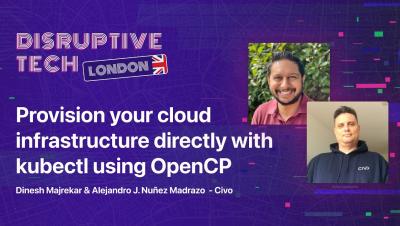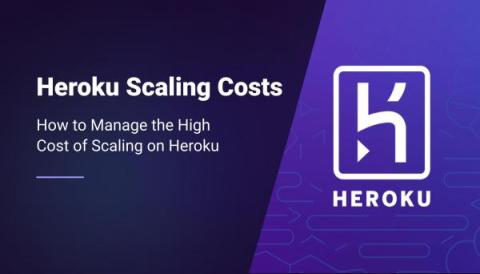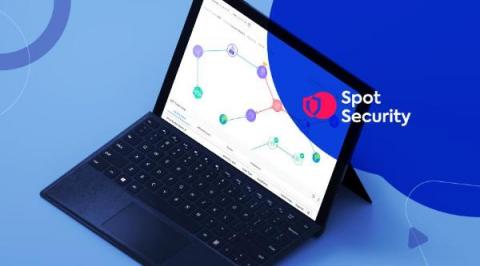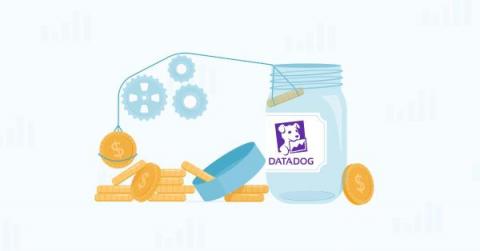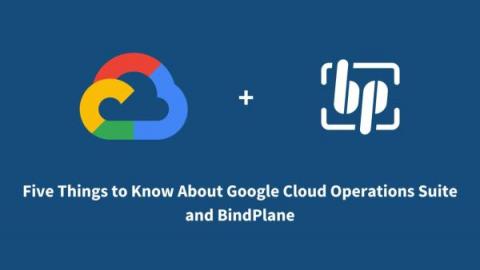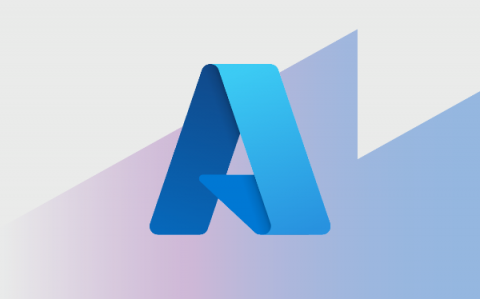Understanding Azure Cool Tier Storage: Balancing Costs and Efficiency
As the amount of data generated by organizations grows exponentially, the need for efficient and cost-effective storage solutions becomes critical. Cloud storage providers like Microsoft Azure offer a range of storage options to meet these demands. One such option is Azure Cool Tier Storage, a part of Azure Blob Storage, which is designed for cost-effective storage of infrequently accessed data.



